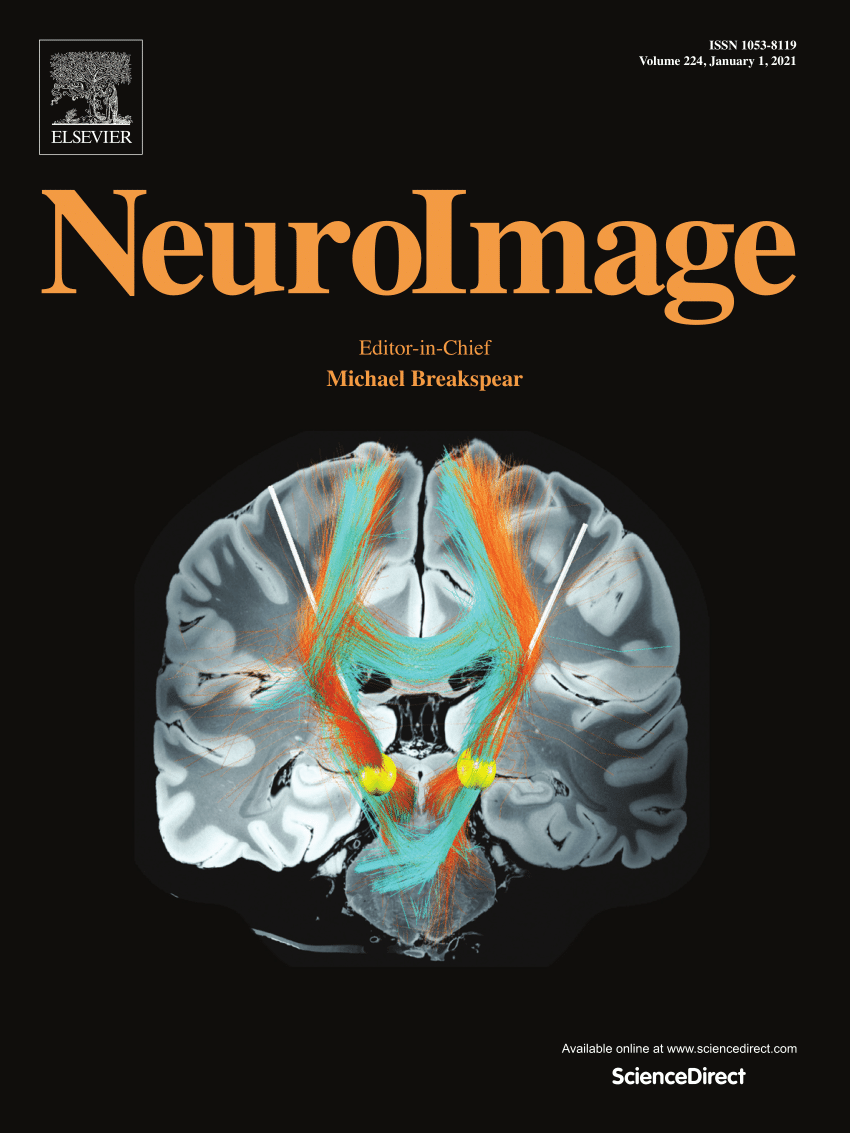Low-frequency local field potentials reveal integration of spatial and non-spatial information in prefrontal cortex
IF 4.7
2区 医学
Q1 NEUROIMAGING
引用次数: 0
Abstract
The prefrontal cortex (PFC) is critical for various aspects of executive functions, particularly working memory. The debate over whether the dorsal and ventral PFC should be viewed as unitary or heterogeneous in working memory has been ongoing. This study explored the specialization of the posterior dorsal, medial dorsal, and posterior ventral subdivisions of the lateral PFC in two macaque monkeys, focusing on the processing of the location and shape of stimuli during working memory tasks. In contrast to previous studies that focused on spike activity analysis, this article employed local field potential (LFP) power analysis. Results revealed that during the working memory periods, both the dorsal and ventral PFC exhibited significantly higher LFP power for feature stimuli compared to spatial stimuli in the low-frequency bands (∼2–23 Hz). Additionally, the impact of matching versus non-matching stimuli was consistent with repetition suppression in the medial dorsal and posterior ventral regions during the working memory period within the same frequency range. The major modulation of LFP power linked to incorrect decisions made by the monkeys was a sharp reduction in low-frequency LFP power. The similar LFP power patterns in the PFC subdivisions for spatial and feature stimuli throughout the analysis suggested that spatial and non-spatial inputs are integrated by the PFC, revealed by the low-frequency components of the LFP.
低频局部场电位揭示了前额叶皮层空间和非空间信息的整合
前额叶皮层(PFC)对执行功能的各个方面都至关重要,尤其是工作记忆。关于工作记忆中背侧和腹侧PFC是单一的还是异质的争论一直在进行中。本研究探讨了两只猕猴PFC的后背、内背和后腹侧分支的特化,重点研究了工作记忆任务中刺激的位置和形状的处理。与以往的研究侧重于尖峰活动分析不同,本文采用了局部场电位(LFP)功率分析。结果表明,在工作记忆期间,与低频(~ 2-23 Hz)的空间刺激相比,背侧和腹侧PFC对特征刺激表现出显著更高的LFP功率。此外,在相同频率范围内,匹配刺激和非匹配刺激的影响与工作记忆期间内背侧和后腹侧重复抑制一致。与猴子做出的错误决定有关的LFP功率的主要调制是低频LFP功率的急剧减少。在整个分析过程中,空间和特征刺激在PFC细分中的相似功率模式表明,空间和非空间输入被PFC整合,这是由LFP的低频成分所揭示的。
本文章由计算机程序翻译,如有差异,请以英文原文为准。
求助全文
约1分钟内获得全文
求助全文
来源期刊

NeuroImage
医学-核医学
CiteScore
11.30
自引率
10.50%
发文量
809
审稿时长
63 days
期刊介绍:
NeuroImage, a Journal of Brain Function provides a vehicle for communicating important advances in acquiring, analyzing, and modelling neuroimaging data and in applying these techniques to the study of structure-function and brain-behavior relationships. Though the emphasis is on the macroscopic level of human brain organization, meso-and microscopic neuroimaging across all species will be considered if informative for understanding the aforementioned relationships.
 求助内容:
求助内容: 应助结果提醒方式:
应助结果提醒方式:


